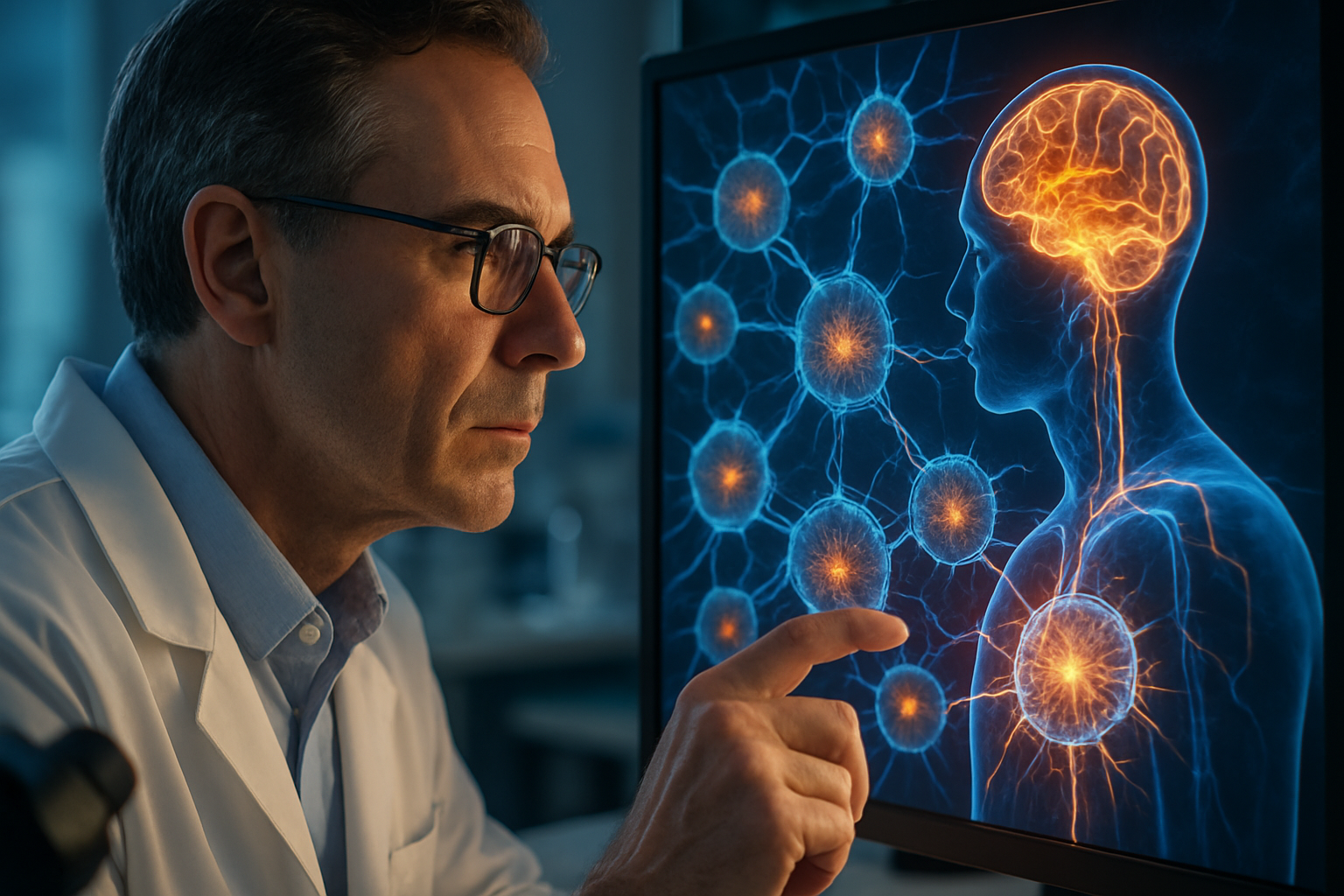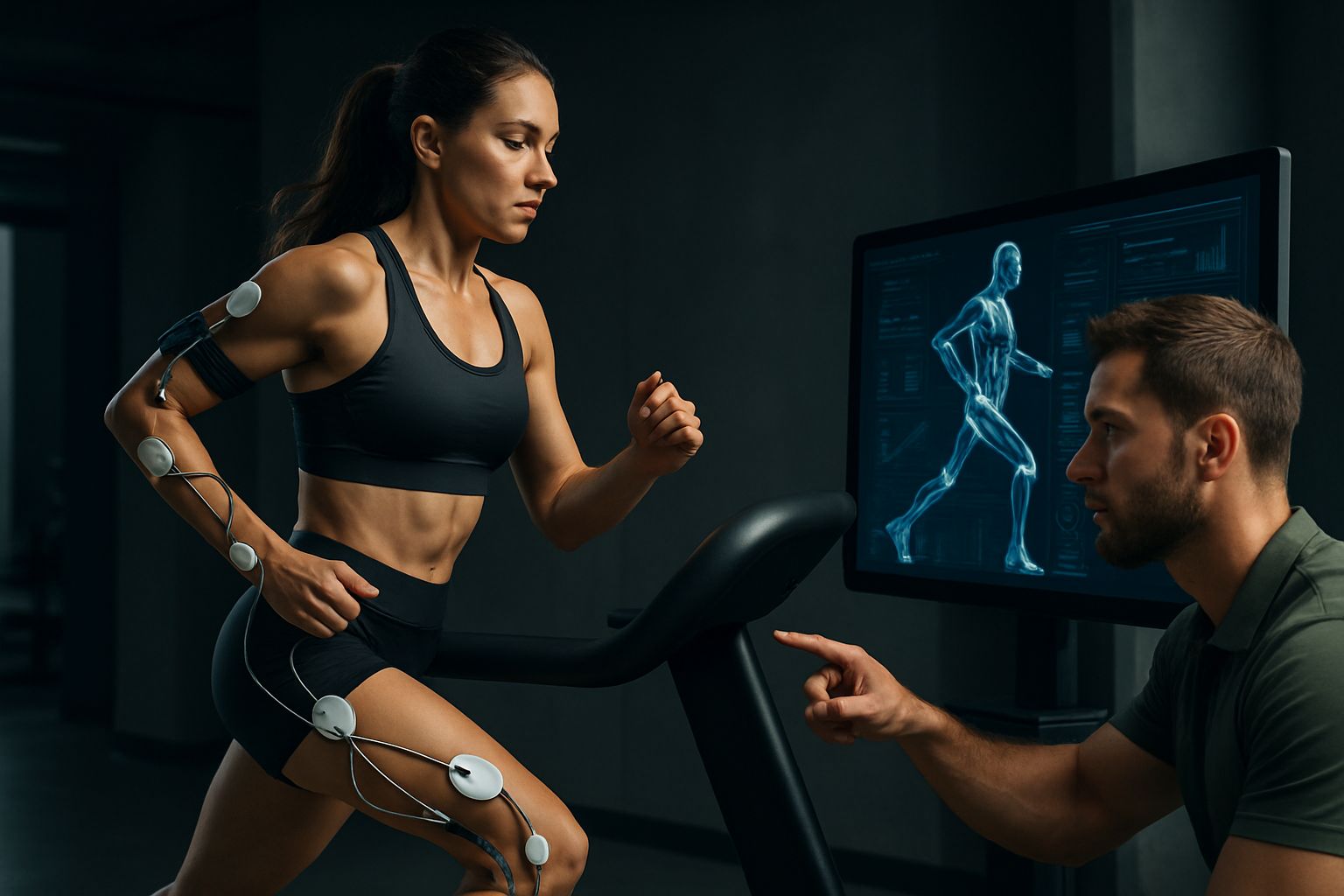Bioelectric Mapping: Decoding the Body's Hidden Language
What if our bodies spoke a secret language, one that could revolutionize how we diagnose and treat diseases? Enter the fascinating world of bioelectric mapping, where scientists are deciphering the electrical whispers of our cells to unlock new frontiers in health and medicine.

The Science Behind Bioelectric Signals
At the core of bioelectric mapping lies the concept of bioelectricity – the electrical currents and voltage gradients generated by living cells. These signals play a crucial role in various biological processes, from embryonic development to wound healing and tissue regeneration. Every cell in our body maintains a specific electrical charge, creating a complex bioelectric landscape that influences cellular behavior and communication.
Bioelectric signals are generated by the movement of ions across cell membranes, creating voltage gradients that can be measured and mapped. These gradients form patterns that scientists are now learning to interpret, much like decoding a new language. The patterns can reveal important information about cellular health, tissue function, and even the early stages of disease development.
Mapping Techniques and Technologies
Advances in technology have made it possible to visualize and measure bioelectric signals with unprecedented precision. Researchers use a combination of sophisticated tools to create bioelectric maps of tissues and organs:
Voltage-sensitive dyes and fluorescent proteins
These compounds change their fluorescence intensity in response to changes in cellular membrane potential, allowing scientists to visualize bioelectric patterns in real-time.
Microelectrode arrays
Tiny electrodes placed on or near cells can detect and record electrical activity, providing detailed spatial and temporal information about bioelectric signals.
Non-invasive imaging techniques
Modified versions of existing medical imaging technologies, such as MRI and CT scans, are being developed to capture bioelectric information without the need for invasive procedures.
Applications in Disease Detection and Treatment
The ability to map and interpret bioelectric signals opens up exciting possibilities for early disease detection and targeted treatments:
Cancer detection
Cancerous cells often exhibit altered bioelectric properties compared to healthy cells. By mapping these differences, researchers hope to develop new methods for early cancer detection and monitoring treatment effectiveness.
Regenerative medicine
Understanding the bioelectric signals involved in tissue regeneration could lead to new therapies for promoting healing and even regrowing damaged organs.
Neurological disorders
Mapping the bioelectric patterns in the brain may provide new insights into conditions like epilepsy, Alzheimer’s disease, and depression, potentially leading to more effective treatments.
Personalized medicine
By analyzing an individual’s unique bioelectric profile, doctors may be able to tailor treatments more precisely, improving outcomes and reducing side effects.
Challenges and Future Directions
While bioelectric mapping holds immense promise, several challenges must be overcome before it can be widely applied in clinical settings:
Standardization of measurement techniques
To ensure reliable and comparable results, standardized methods for measuring and interpreting bioelectric signals must be developed.
Data interpretation
The vast amount of data generated by bioelectric mapping requires advanced computational tools and artificial intelligence to analyze and interpret effectively.
Integration with existing medical practices
For bioelectric mapping to become a mainstream diagnostic tool, it must be seamlessly integrated into current medical workflows and decision-making processes.
Ethical considerations
As with any new medical technology, the use of bioelectric mapping raises ethical questions about privacy, data ownership, and potential misuse of personal health information.
Fascinating Facts About Bioelectricity
-
The human brain generates enough electricity to power a small LED light bulb
-
Electric eels can generate up to 860 volts of electricity, enough to stun their prey
-
Sharks use specialized organs called ampullae of Lorenzini to detect the bioelectric fields of their prey
-
Plants also use bioelectric signals to respond to environmental changes and communicate with neighboring plants
-
The first observations of bioelectricity were made in the 18th century by Luigi Galvani, who discovered that frog legs twitched when stimulated with electricity
As we continue to unravel the mysteries of bioelectric signals, we stand on the brink of a new era in medicine. Bioelectric mapping promises to provide a deeper understanding of our bodies’ inner workings, offering hope for earlier disease detection, more effective treatments, and even the ability to harness our innate healing powers. While challenges remain, the potential benefits of this emerging field are truly electrifying, promising to revolutionize healthcare and our understanding of human biology.





